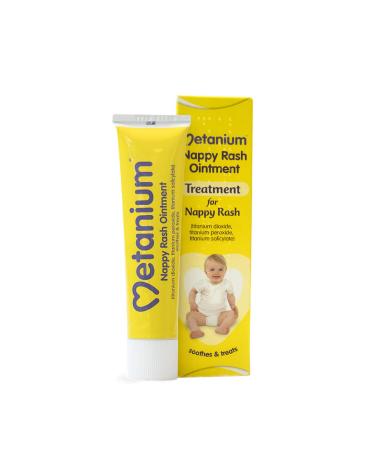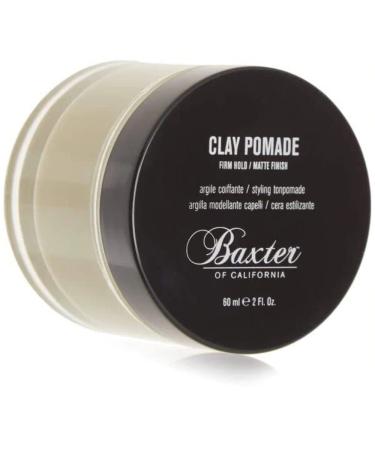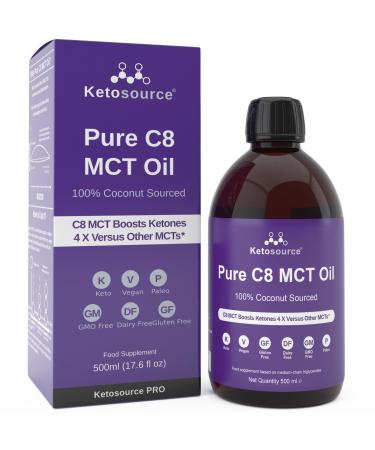Felicia Kitten
Why Low-Grain and Hypo-Allergenic Felicia
- To ensure that our lovely friends can be fed in accordance with their natural living conditions and live healthier, we, together with our nutritionists, have prepared a special hypoallergenic formula with a reduced grain content.
- Felicia, with highly digestible animal protein sources, was specially developed to address digestive and allergy sensitivities.
- Free of beef, dairy, wheat, soy, potatoes, artificial sweeteners, colors, chemical flavors, and other ingredients associated with allergic reactions.GMO-Free!
Felicia Kitten:
- There's nothing more exciting than welcoming a new family member into your home.
- You want to do everything you can to ensure they are healthy and strong.
- That's why you'll want to feed them the most natural Felicia kitten cat food.
- Every detail, from skin and fur to muscle and bone development, cognitive and physical development, is taken into account.
- We've thought about you and prepared a very special food with the best natural ingredients.
- Formulated to support your friend's health and happy development,
- Felicia Kitten Contains only the highest quality natural ingredients.
- Contains no genetically modified (GMO) products.
- Optimally supports our lovely friend's immune system.
With regular consumption:
- You can observe that our lovely friend's
- Immune system is strengthened,
- Stool volume and odor decrease,
- Strong and shiny fur develops,
- Urinary tract and kidney health is protected,
- Digestibility increases, and a dynamic body structure is achieved.
Ingredients:
- Dried chicken protein (F),
- Baldo rice, Corn,
- Refined chicken oil, Pea, Anchovy meal, Krill meal,
- Brewer's yeast, Hydrolyzed chicken liver, Anchovy oil,
- Nucleotide yeast protein, Minerals,
- Prebiotic mannan oligosaccharides, Seaweed,
- Yucca extract, Cranberry powder, Psyllium
Analytical Constituents:
- Protein: 8
- Fat Content:
- Crude Ash: 8
- Crude Fiber: 2.5
- Omega-6: 3.8
- Omega-3: 0.85
Vitamins and Other Supportive Ingredients:
- Vitamin A (E672): 37,500 IU kg
- Vitamin D3 (E671): 2,250 IU kg
- Vitamin E (3a700): 225 mg kg
- Vitamin C: 38 mg kg
- Niacin: 75 mg kg
- Taurine: 2,600 mg kg
- Copper (as Sulfate): 18 mg kg
- Zinc (as Sulfate): 95 mg kg
- Manganese (as sulfate): 30 mg kg
- Selenium (as selenite): 0.3 mg kg
- EU-approved oxidants
TRANSITION PROCESS WHEN CHANGING FOOD:
- You should always transition your pet to a new food gradually.
- Changing your pet's food suddenly can cause health problems.
- It is important to mix the new and old food gradually so that the digestive system and metabolism can adapt to the new feeding pattern.
- This gradual transition will help reduce the likelihood of developing stomach upset and
- .
- Always have clean, fresh water available alongside the food.
- Your pet should not be left hungry when starting a new food.
- When you start a new food, constantly check your pet's stool,
- Energy level, and signs of possible allergies and gastrointestinal distress.
- First 3 Days25 new food 75 old food
- Second 3 Days50 new food 50 old food
- Third 3 Days75 new food 25 old food
- Fourth After 3 Days100 new food













